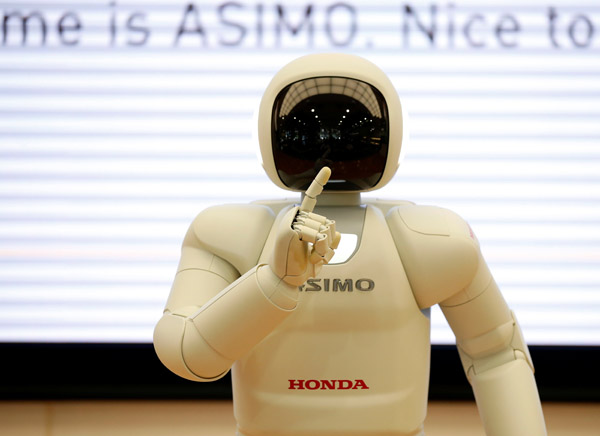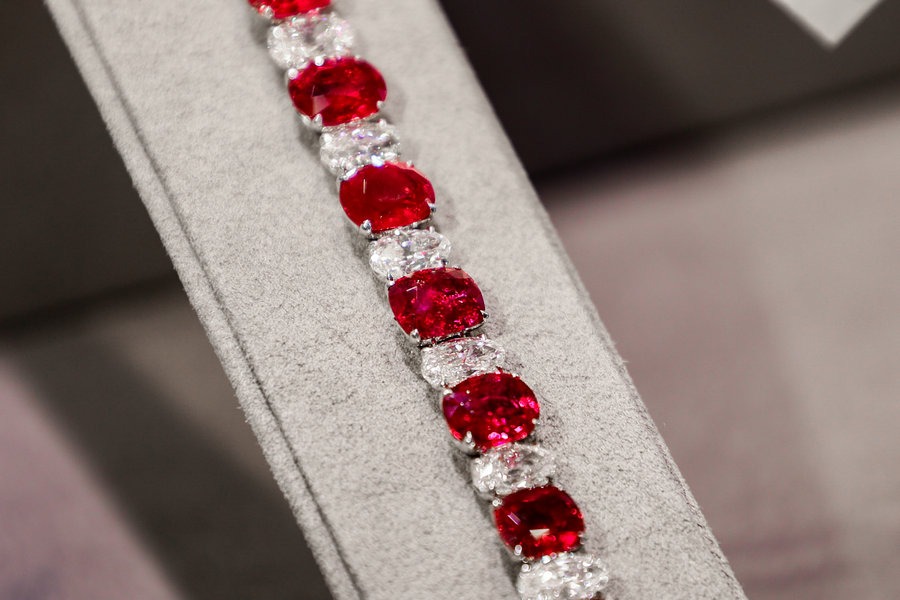Making humanoid robots that can stretch and sweat


LOS ANGELES-A team of Japanese engineers has designed robots that can perform pushups, do crunches, stretch and even sweat while doing so.
The robots Kengoro and Kenshiro, described in the journal Science Robotics, can perform remarkably humanlike movements-and could serve as a model to help scientists design better crash dummies and prosthetic limbs, and to better understand the moving human body's mysterious inner workings.
Researchers have been developing humanoid robots for years, each becoming more advanced than the last-but there are still a number of kinks to work out, the study authors write.
"A limitation of conventional humanoids is that they have been designed on the basis of the theories of conventional engineering, mechanics, electronics and informatics," the authors point out.
That's in part because conventional robots are often made of rigid, unforgiving parts, whereas human bodies are made of more pliant materials, such as skin and muscle and cartilage, giving them greater flexibility and adaptability to an unpredictable environment.
Traditional robots, they add, are usually built with a particular application in mind-to help with daily tasks or respond to disasters, for example.
"By contrast, our intent is to design a humanoid based on human systems-including the musculoskeletal structure, sensory nervous system, and methods of information processing in the brain-to support science-oriented goals, such as gaining a deeper understanding of the internal mechanisms of humans," the scientists write.
Such a robot could help researchers better understand how our own bodies really work, by giving them a real-life model to experiment with.
"The features crucial for improving humanoids are hidden behind the structure and motion processes of humans," they write. "Hence, we incorporated elements that facilitate fidelity with the human musculoskeletal system."
To design them, the scientists used human statistical data to give the robots more humanoid proportions, both in their mass distribution and in the size of each body part. They set up the skeletal structure and tendon-driven actuator systems that were meant to echo the connections made by muscles and tendons in the human body. Finally, they tried to design the joints to mimic those in human bodies.
Humans have 548 degrees of freedom at their joints, allowing for a remarkable and complex range of movement. If you leave out the face and hands, there are still a whopping 419 degrees of freedom, the authors say.




































